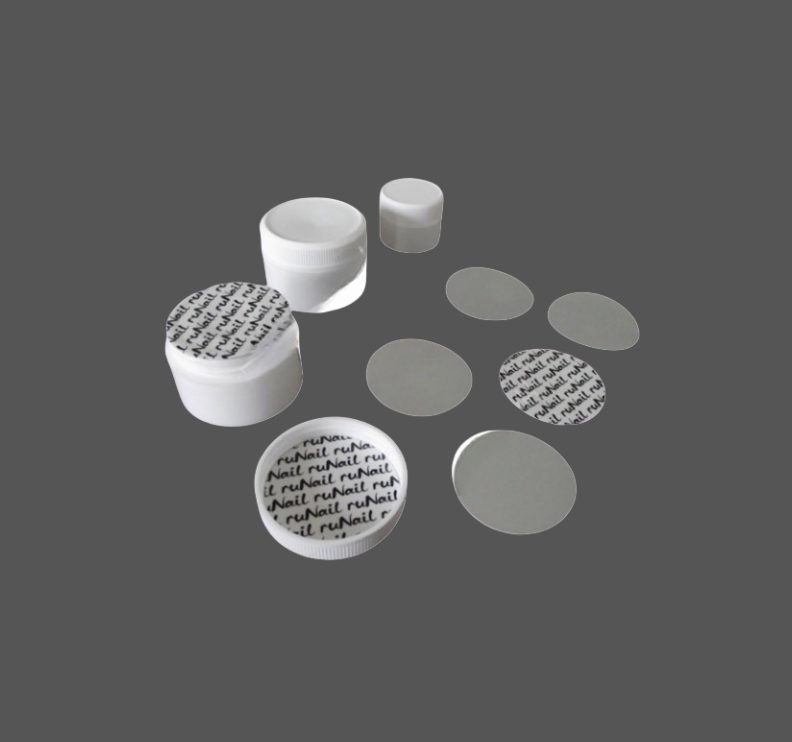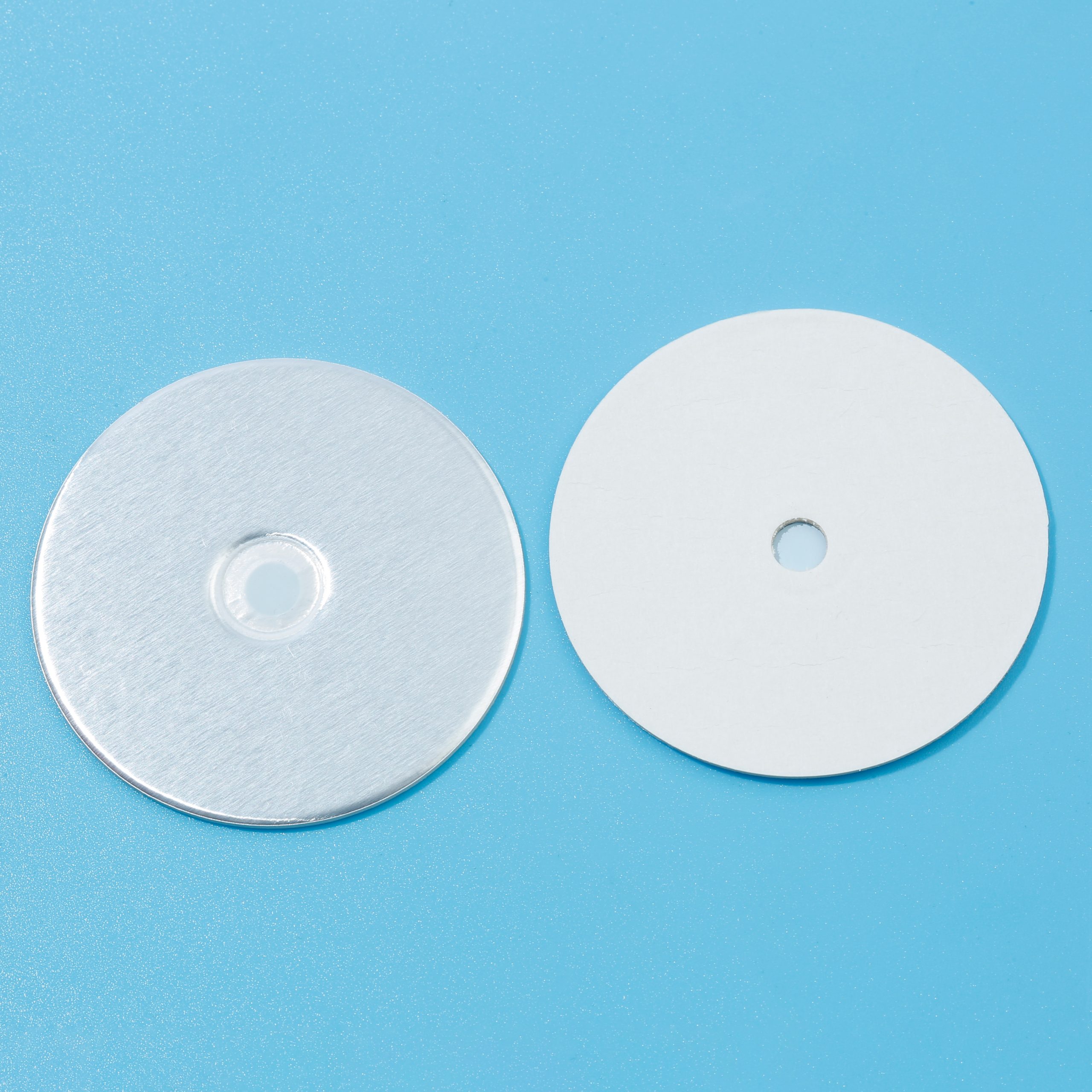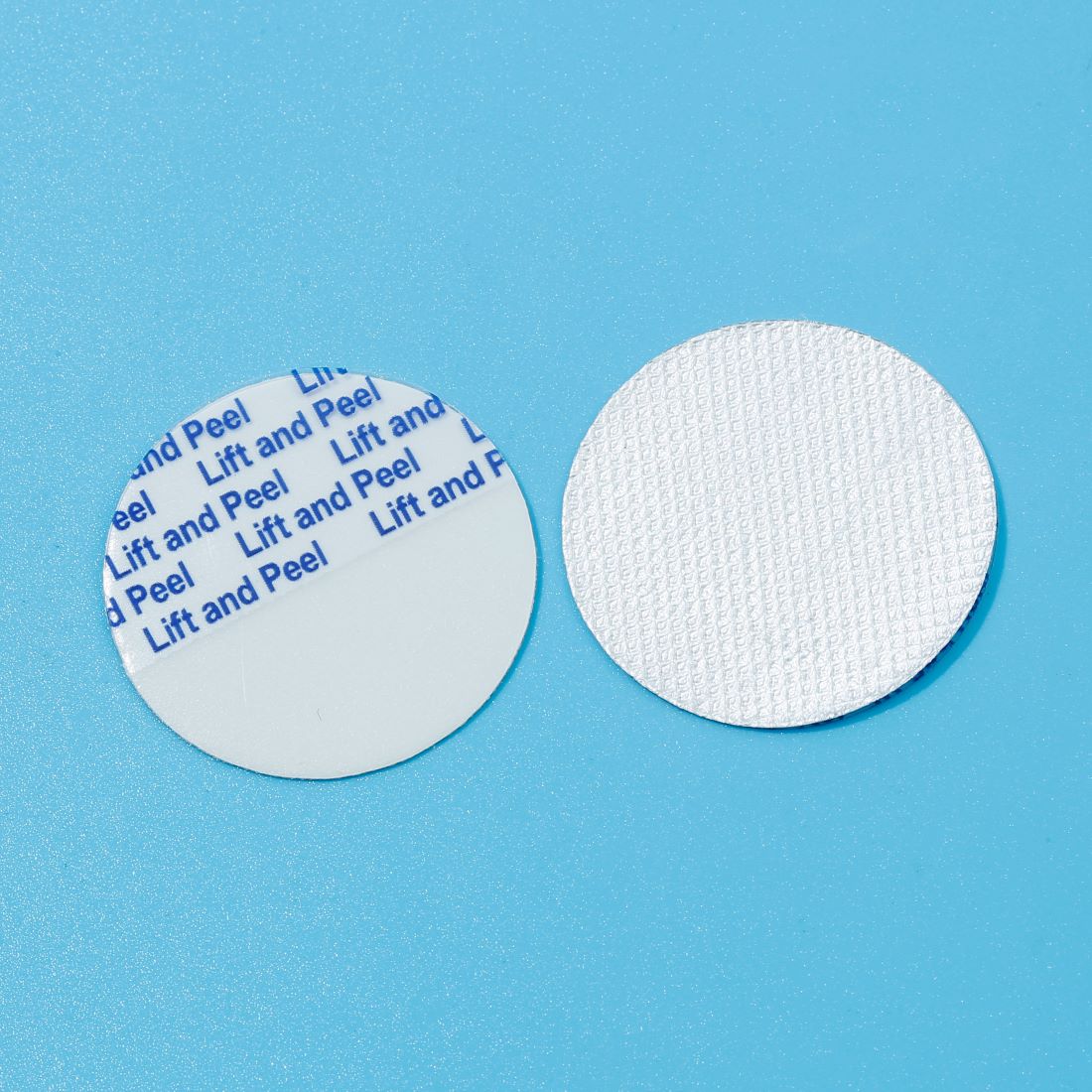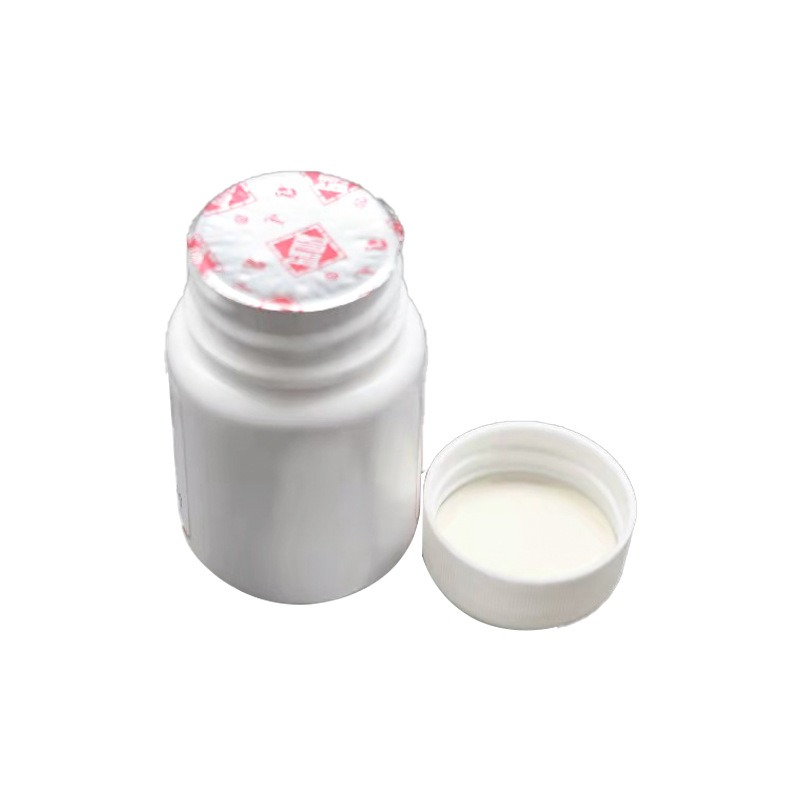Introduction:
In the fast-paced world of pharmaceutical manufacturing, ensuring product integrity is paramount. Among the essential components of this process is the induction seal liner. These innovative seals actively contribute to safeguarding pharmaceutical products, maintaining their quality, and meeting regulatory standards. In this article, we delve into the significance of induction seal liners and how they play an active role in enhancing pharmaceutical packaging integrity.
The Significance of Induction Seal Liners:
Induction seal liners serve as a powerful defense mechanism, actively protecting pharmaceutical products from external contaminants such as moisture, oxygen, and impurities. By creating a hermetic seal upon application, they prevent leakage and tampering, ensuring the potency and efficacy of medications remain uncompromised.
Induction seal liners actively shield pharmaceutical products from external contaminants, preserving their quality and potency.
Types of Induction Seal Liners:
The market offers a diverse array of induction seal liners, each tailored to meet specific packaging requirements and product protection needs. These include foil-based liners, polymer-based liners, and laminated liners. Each type offers unique features and benefits, ensuring compatibility with various bottle materials and contents.
Foil-based induction seal liners actively create a hermetic seal when applied to bottles, preventing oxygen ingress and maintaining product freshness.
Benefits of Induction Seal Liners:
1. Enhanced Product Integrity: Induction seal liners actively maintain the integrity of pharmaceutical products, safeguarding them from contamination and preserving their potency.
2. Tamper-Evidence: These seal liners provide clear and visible evidence of tampering, instilling confidence in consumers regarding product safety and authenticity.
3. Extended Shelf Life: By minimizing exposure to external elements, induction seal liners actively extend the shelf life of pharmaceutical products, reducing waste and maximizing profitability.
Induction seal liners actively extend the shelf life of pharmaceutical products by minimizing exposure to external elements.
Selecting the Right Induction Seal Liner:
Choosing the appropriate induction seal liner is critical to ensure compatibility with the packaging material, product formulation, and intended use. Considerations include bottle type, closure mechanism, product sensitivity to moisture and oxygen, and adherence to regulatory standards.
When selecting an induction seal liner, consider factors such as bottle type, product sensitivity, and regulatory compliance.
Conclusion:
In conclusion, induction seal liners actively contribute to preserving the quality and safety of pharmaceutical products, reinforcing the integrity of the packaging process.

Aluminum foil


